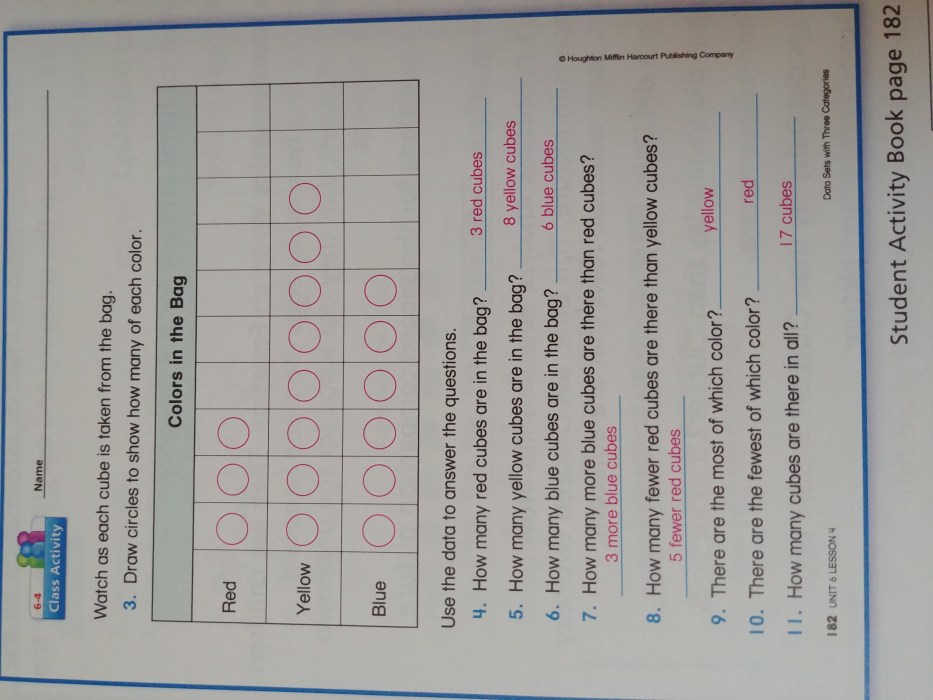The Author’s Purpose Activity 2 Answer Key is an invaluable resource for students seeking to master the art of identifying an author’s purpose in written texts. This key provides a comprehensive understanding of the various types of author’s purpose (inform, persuade, entertain) and offers clear examples to illustrate each purpose.
Furthermore, the answer key elaborates on the strategies for identifying an author’s purpose, providing students with a structured approach to analyzing texts. By engaging with this key, students will develop a deep understanding of how authors craft their messages and effectively convey their intentions.
Author’s Purpose

Author’s purpose refers to the main reason why an author writes a text. It can be to inform, persuade, or entertain.
Types of Author’s Purpose
- Inform: The author’s purpose is to provide factual information and educate the reader.
- Persuade: The author’s purpose is to convince the reader to adopt a particular point of view or take a specific action.
- Entertain: The author’s purpose is to amuse or provide enjoyment to the reader.
Examples of Texts Demonstrating Each Purpose
- Inform: Textbook, encyclopedia entry, news article
- Persuade: Advertisement, political speech, editorial
- Entertain: Novel, short story, poem
Identifying Author’s Purpose

To identify an author’s purpose, consider the following strategies:
Strategies for Identifying Author’s Purpose
- Examine the title and introduction: The title and introduction often provide clues about the author’s purpose.
- Analyze the structure of the text: Informative texts typically follow a logical structure, persuasive texts use evidence and logical arguments, while entertaining texts often employ creative techniques.
- Identify the tone and language: The tone and language used by the author can indicate their purpose. For example, persuasive texts often use strong language and emotive appeals.
Table Summarizing Key Indicators of Each Purpose
| Purpose | Key Indicators |
|---|---|
| Inform | Provides facts, statistics, and examples; uses objective language; follows a logical structure |
| Persuade | Uses persuasive techniques (e.g., evidence, logical arguments, emotive appeals); aims to change reader’s opinion or behavior |
| Entertain | Uses creative techniques (e.g., vivid imagery, figurative language, humor); aims to amuse or provide enjoyment |
Activity 2 Answer Key: Author’s Purpose Activity 2 Answer Key

Question 1:Identify the author’s purpose in the following text:
“The Dangers of Smoking: A Comprehensive Guide to the Health Risks Associated with Tobacco Use”
Answer:Inform
Reasoning:The text aims to provide factual information about the health risks associated with smoking, indicating an informative purpose.
Question 2:Identify the author’s purpose in the following text:
“Vote for Candidate X: A Leader with a Vision for a Better Future”
Answer:Persuade
Reasoning:The text aims to convince the reader to vote for a particular candidate, indicating a persuasive purpose.
Question 3:Identify the author’s purpose in the following text:
“The Adventures of Tom Sawyer: A Tale of Childhood Adventures and Mishaps”
Answer:Entertain
Reasoning:The text aims to provide entertainment and amusement through a fictional story, indicating an entertaining purpose.
Analyzing Author’s Purpose in Practice
Activity:Design an activity that requires students to analyze author’s purpose in different texts.
Activity Table, Author’s purpose activity 2 answer key
| Text | Purpose | Evidence |
|---|---|---|
| Newspaper article on climate change | Inform | Provides facts, statistics, and expert opinions |
| Advertisement for a new product | Persuade | Uses persuasive techniques (e.g., emotional appeals, testimonials) |
| Short story about a magical adventure | Entertain | Uses vivid imagery, figurative language, and a creative plot |
Instructions:
- Provide students with the texts.
- Ask students to identify the author’s purpose for each text.
- Have students provide evidence from the texts to support their analysis.
- Discuss the different types of author’s purpose and the strategies used to identify them.
FAQ Insights
What are the different types of author’s purpose?
The three main types of author’s purpose are to inform, persuade, and entertain.
How can I identify an author’s purpose?
To identify an author’s purpose, consider the overall tone, structure, and language used in the text.
What is the purpose of Activity 2?
Activity 2 provides practice in identifying an author’s purpose in different texts.